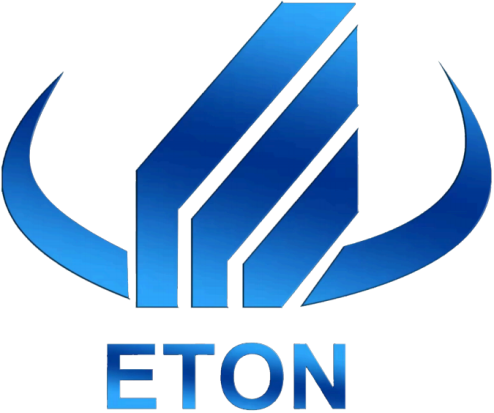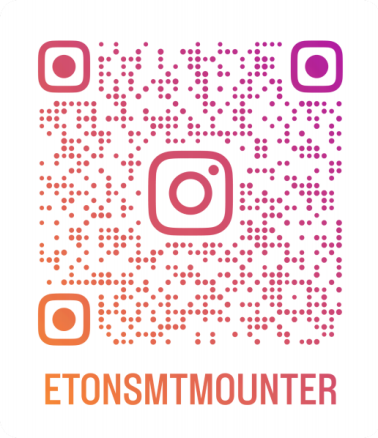Standardization vs. Customization: The Showdown Between Two LED Screen Production Models
Published Time:
2021-08-04
Recently, many industry insiders have exclaimed: The mass production of "standard" products in the LED display manufacturing industry is no longer popular; customers increasingly prefer and demand "customized" products.
Recently, many industry insiders have exclaimed that the mass production of "standard" products in the LED display manufacturing industry is no longer popular. Customers increasingly prefer and demand "customized" products; while "standardization" can reduce costs, improve production efficiency, reduce consumption, and bring more benefits... Such voices are endless. Today, in the consumer-driven LED display market, who can dominate? For a time, industry experts have different opinions. The "confrontation" between two different production models in the development of the LED display industry has caused a stir. The problem of not being able to have both fish and bear's paw has also aroused widespread concern among industry insiders, and the battle has gradually spread to the circle of friends, with experts taking sides and setting their own flags.
The arrival of the intelligent age brings "customized" market demand.
In fact, the concept of customized production of LED displays has been around for a long time, but because "customization" places higher demands on enterprises, only some enterprises have proposed this concept in recent years. Customization can meet individual needs and achieve the enterprise's "production based on sales." Some enterprises even stand at the highest point in the industry, shouting that "customization can win the future." With the advent of the intelligent manufacturing era, the type of world economy has changed from market-oriented to consumer-oriented, and the customized production model has gradually expanded to the market. Many LED display manufacturers have realized that market demand is no longer "conventional" and unchanging. Many users are no longer satisfied with the previous batch production of uniform products. Different customer needs from all walks of life and industries are diversified, and customers are no longer passively choosing "assembly line" products directly provided by manufacturers as before. They have begun to make more stringent demands on products.
Today, the LED display industry has serious homogeneity, leading to compressed corporate profits and intensified market competition. At the same time, China's consumption structure is constantly upgrading, and consumption habits have undergone earth-shaking changes. Traditional functional products can no longer meet the needs of local consumers; low-end, mass-produced LED display products are constantly being driven out of the market, and consumer demand has shifted from functionality and branding to experiential and participatory. In other words, this also means that the opportunity for customization has arrived. Therefore, capturing customer psychological needs and personalized solutions may be the next breakthrough bottleneck for the LED display manufacturing industry.
"Standardization" maximizes resource utilization and assists channel development.
However, it is said that the core of industrialization is "standardization." Does standardization mean no individuality? This may be a major controversy surrounding the production of the LED display manufacturing industry. For a long time, the relatively dispersed production chain of the LED display manufacturing industry and the imbalance in the development of upstream and downstream industries have also hindered the development of industry standardization. However, what exactly is the standardization of industrialization? It is understood that the standardization of industrialization is to achieve priority efficiency through standardized components and standardized production. With a standardized system, LED display manufacturers can maximize resource utilization, and products can achieve mass production based on standardization, thereby reducing operating costs, improving corporate competitiveness, and better embedding the value of LED displays in users.
Today, the LED display industry has developed for nearly 30 years. Reviewing the development history of the industry, it is not difficult to see that the LED display industry may truly adapt to the quantification of production through standardized production. LED display companies can adapt to the standardized needs of various application fields, which can help LED display companies expand the market. Just like the booming development of channels today, when market demand increases, the only way to expand channels is to achieve standardized production of the same type of products. And some senior industry insiders said that by doing channels to wholesale a large number of standardized products, inventory sales are convenient, no advance payment, no arrears, and mass production. Not only can it reduce costs and improve product cost-effectiveness, but it can also avoid cumbersome production processes under unified standards, and also provide a basis for product quality assurance. Therefore, under this production model, channel strategy has also become the common choice of many enterprises.
The final voice of the industry "debate" is still in the market.
It is not difficult to see from the above that demand and choice are relative. Standardization and customization have their own strengths and needs. The purpose of standardization is to reduce costs and consumption through standardized production, bringing greater benefits to LED display consumers, targeting the target group; however, customization can meet the personalized and higher-level needs of consumers, targeting the target individual... Both are consumer-oriented. There are also voices in the industry that believe that customization and standardization complement each other. Customized LED display products can be mass-produced, and standardized products can also be customized appropriately. Even for customized LED displays to achieve large-scale production and industrial development, the premise and foundation is partial standardization.
For consumers, this "confrontation" in the LED display industry is a good thing after all. Through the "confrontation," the advantages and disadvantages of standardization and customization are more obvious, not only sounding the alarm for both sides to improve their services, but also providing consumers with a solution for choosing LED display products. On-demand selection is the king. It is believed that with the development of technology and the market, China's LED display industry will gradually improve and form a relatively reasonable industrial structure through adjustments, including product manufacturing enterprises mainly based on large-scale and standardized production, technology service enterprises mainly based on market application promotion, and professional application enterprises mainly meeting the needs of the professional market. Multiple industrial development directions will also greatly benefit the future development of the LED display industry.




